 Simona Zecca
Simona Zecca
Practical
Airbrushing Manual


 for beginners
for beginners
Index
Introduction
Background
__________________________________________________________________
Operation and components
Choice of tools The best to start with
__________________________________________________________________
Equipment and material
Compressore
Spray booth
Colors
Accessories
Media
__________________________________________________________________
Cleaning and maintenance
General indications
Cleaning operations
Common troubles and resolution
__________________________________________________________________
Fundamental techniques
Freehand and masking use
Masking techniques
__________________________________________________________________
Basic excersises
To start
The fundamentals
Shapes
__________________________________________________________________
The making of an illustration
Step by step
__________________________________________________________________
Examples
Cover: acrylic airbrush on canvas painting by Simona Zecca (portrait from "Afghan Girl" picture by Steve McCurry)
Introduction
This manual is dedicated to those who want to approach the use of the airbrush to learn how it works and the basic techniques needed to create illustrations, paintings or to customize objects.
We will overlook this charming painting tool and also deepen all we need to learn about equipment, materials, media and tools needed to get the kind of airbrushing you want.
We will also focus on the maintenance of the airbrush, which is essential for its proper functioning and on how to identify and solve the most frequent problems during use.
We will then move on to a series of basic exercises to start getting familiar with the airbrush and you will see them all explained and implemented step by step, in a clear and simple way.
Finally, we will see how to make an illustration and you will be guided from the beginning to the end during all the phases of its creation.
I created this manual trying to explain everything in the simplest, most understandable and exhaustive way for beginners, trying to go back in time to when I started as to approach the art of airbrushing as a self-taught and therefore asking myself: what I would have liked to be taught in the beginning and how? There it is, the kind of guidance I would have needed.
I therefore hope that my mini course will be useful to you and I remind you that, in case you need clarification or insights, you can contact me via email at and, if possible, I will be happy to help you!
At this point, I just have to start and introduce you to your new creative work tool: the airbrush !
Simona
Background
Airbrush is a very versatile painting technique that is used on various types of surfaces to create small and big works of art, from illustrations on paper, to canvas paintings, to customization of large surfaces such as those of vehicles or objects commonly used such as helmets and, recently, even in confectionery for decorations and for nail art or body painting.








.





.






Only recently, digital graphics have almost completely supplanted the use of the airbrush in the field of illustration, but the uses of this technique remain multiple and applied on the most different types of surfaces. The only limits to the art of airbrushing lie within the limits of the artist himself.
Operation and components
The airbrush is one of the most fascinating and versatile painting tools as it allows you to spray color precisely and evenly, creating exceptionally realistic shades, depth effects, shadows and lights.
It is in fact a small spray gun the size of a pen with a cup attached to contain the color. The reservoir can be placed on the side or under the gun body on some models or on the top of the instrument (gravity feed).
The most popular airbrushes today are the double action ones. They are equipped with a small button to manage air/color flow, the trigger which if pressed allows the flow of air which is mixed with the color, nebulizating it thanks to the action of the valve.
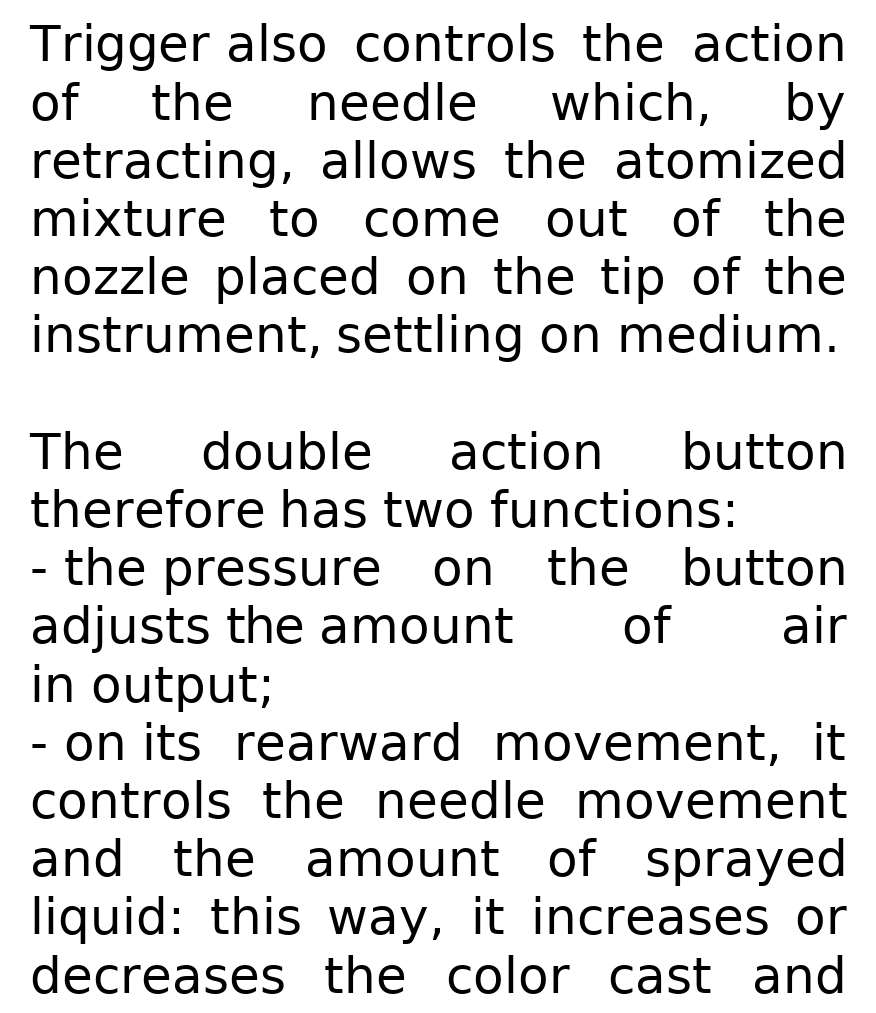
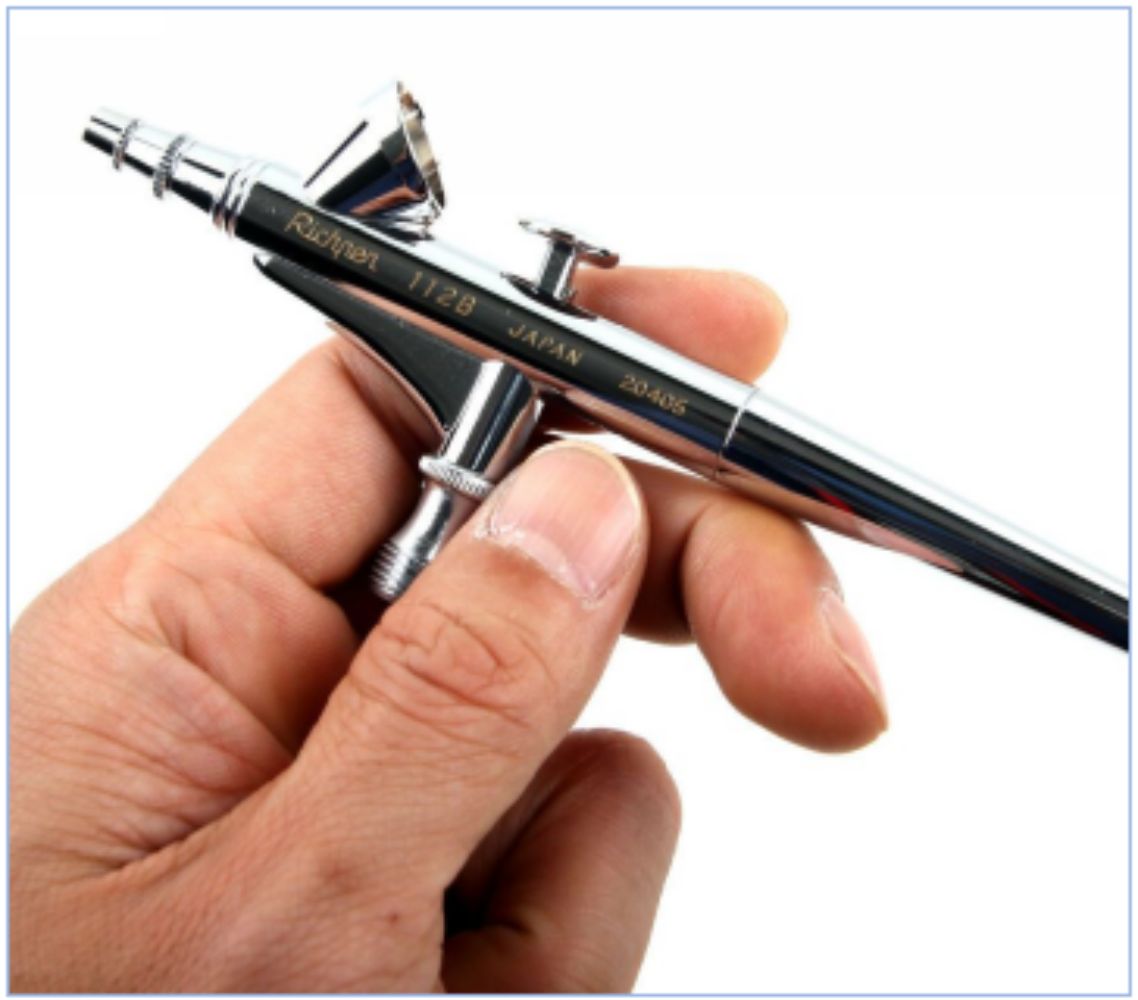 .
.
Nozzle can be of various sizes, depending on the use you want to make of the airbrush and the type of paint you intend to make. The higher the level of precision and detail to be achieved, the smaller the size of the nozzle and consequently of the needle (from 0.15 mm for precision work to 0.8 for the creation of large-sized paints).
Next page

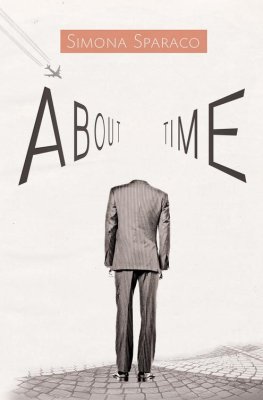


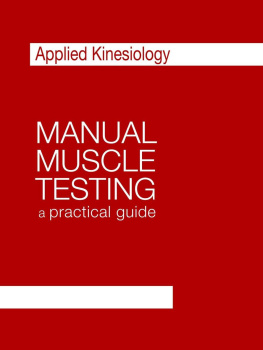
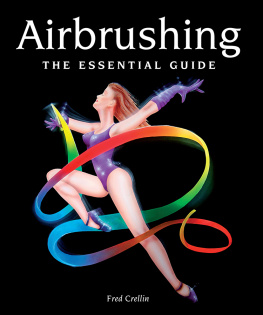
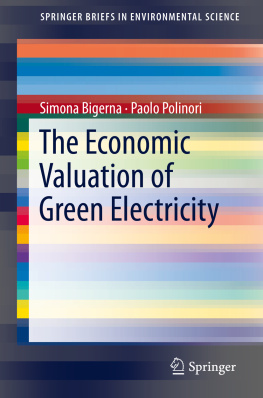

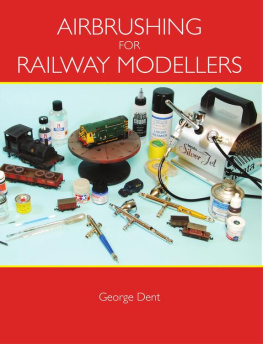
 Simona Zecca
Simona Zecca

 for beginners
for beginners



















 .
.